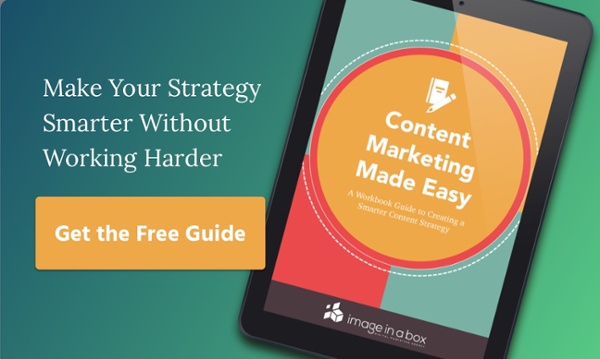Stories are arguably the most powerful tool in your marketing toolkit.
They can be used to engage and connect with customers, evoke emotions, and build loyalty.
But not all stories are created equal.
To be effective, there are three essential elements that every story needs. If you're missing any of these, your story will likely fall flat.
In this post, we'll take a look at what those essential elements are and how you can use them to your advantage.
So read on and start weaving powerful stories into your marketing strategy!
1. Characters
Your story should contain at least one character that your target audience can see themselves in.
This makes the story more relatable for them, which ensures they’ll stick around and engage.
Character use examples:
- When explaining why your organization does what it does, the character will be you or your team.
- When providing valuable information to your audience, the character should be your audience.
- When telling a success story, the character will be from the vantage point of that specific person.
Since storytelling is all about relating to your audience, a key component of adding storytelling to your marketing is dialing in on your buyer persona or donor persona.
This will make your stories more relevant to your audience and ultimately drive more of the action you're wanting your content to produce.
You may have heard it said before “a picture paints a thousand words”-well I say "a story paints ten thousand." If you feel like storytelling is challenging for you. I invite you to download our content workbook. It's full of exercises designed to get your creative juices flowing.

2. Conflict
The most interesting stories have a thread of conflict running through them.
Conflict gives us something to relate to. A good conflict makes our skin tingle with excitement and keeps us pondering what action the character will take in the face of adversity!
The type of conflict you use in your story is crucial to capturing your readers' attention.
It's possible to have different conflicts depending on what kind of stories are being told.
So before you dive into writing any type of content for your organization, you need to determine the conflict of your story that will captivate your readers.
Conflict use examples:
- On the donation landing page, a nonprofit organization would present the conflict of needing community support.
- For blog posts, the conflict would vary and would be tied to different pain points of their target audience’s problem.
- The pain points of your donor and buyer persona are a key place to start when determining what conflicts to use in your marketing efforts.
3. Resolution
Once you introduce your conflict, you can’t just leave your readers hanging from the cliff.
You have to provide them with closure, so they know what happens next and why it matters.
Remember, the whole reason for telling a marketing story is to position your brand as the solution…implicitly or explicitly.
Resolution is a key component to telling your audience the next steps they should take and helping them picture themselves with the same results you produced for others.
Resolution use examples:
If your story is on a landing page, then the resolution should be the next steps your reader can take to help resolve the conflict.
- In a case study or success story, tell how the character resolved their pain points with your services and solutions. This helps them picture the same result for themselves.
- For a blog post, the resolution will vary. But you definitely want to provide them with guidance on how to solve the problem/conflict you introduce.
- Resolution should always tie back to your brand. How hard or soft the tieback is will depend on the nature of the marketing piece.
A story isn't a story without these three essential elements.
The best stories pull you in and make you feel like the character. They keep your attention by throwing obstacles at them, and they also give a sense of satisfaction when they find their resolution.
Storytelling not your forte?
If you’re still struggling to create compelling content with strong characters and conflict then we’ve got you!
Our free content workbook is full of exercises designed to get your creative juices flowing so that even without any expertise, you will be able to write an engaging blog post complete with interesting characters facing challenging problems who eventually come out on top.
Learn more and download now.


